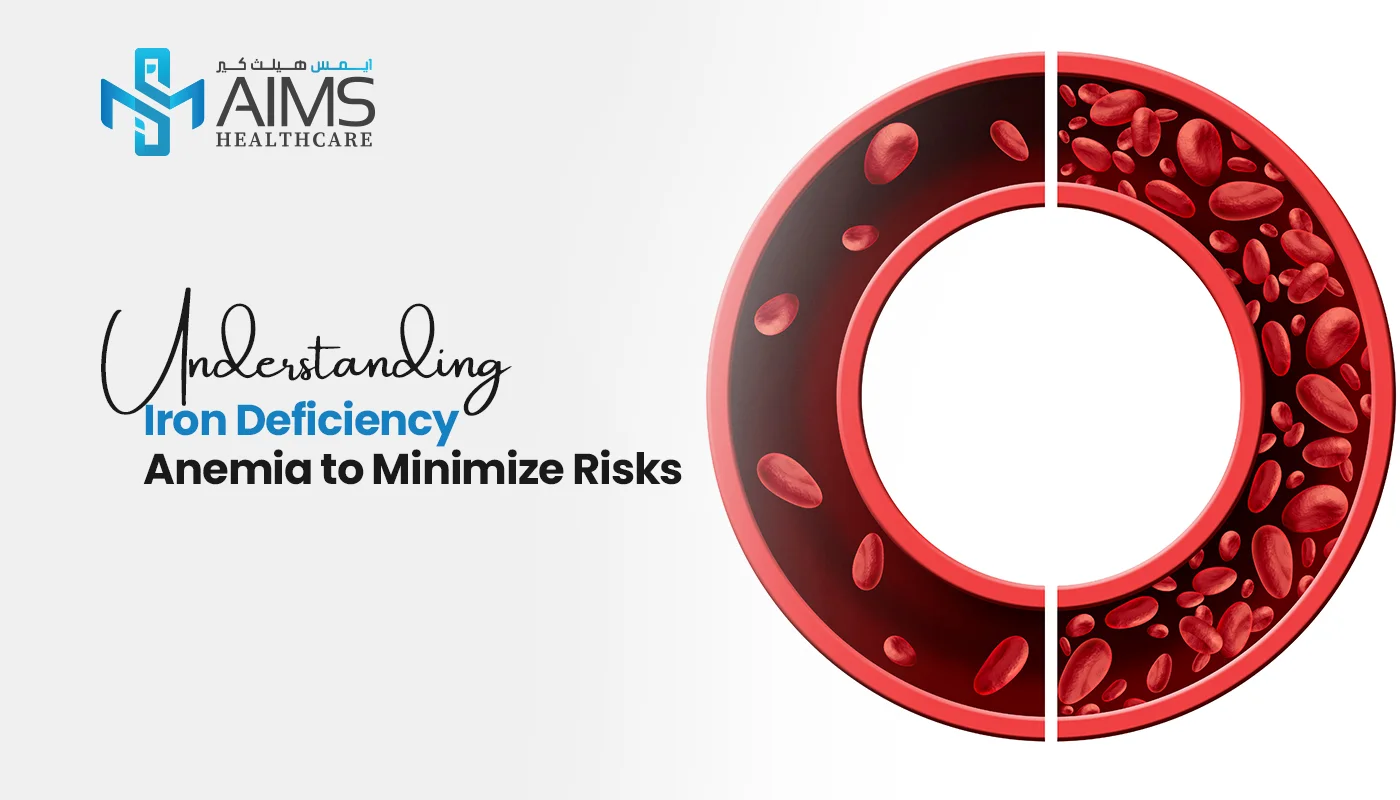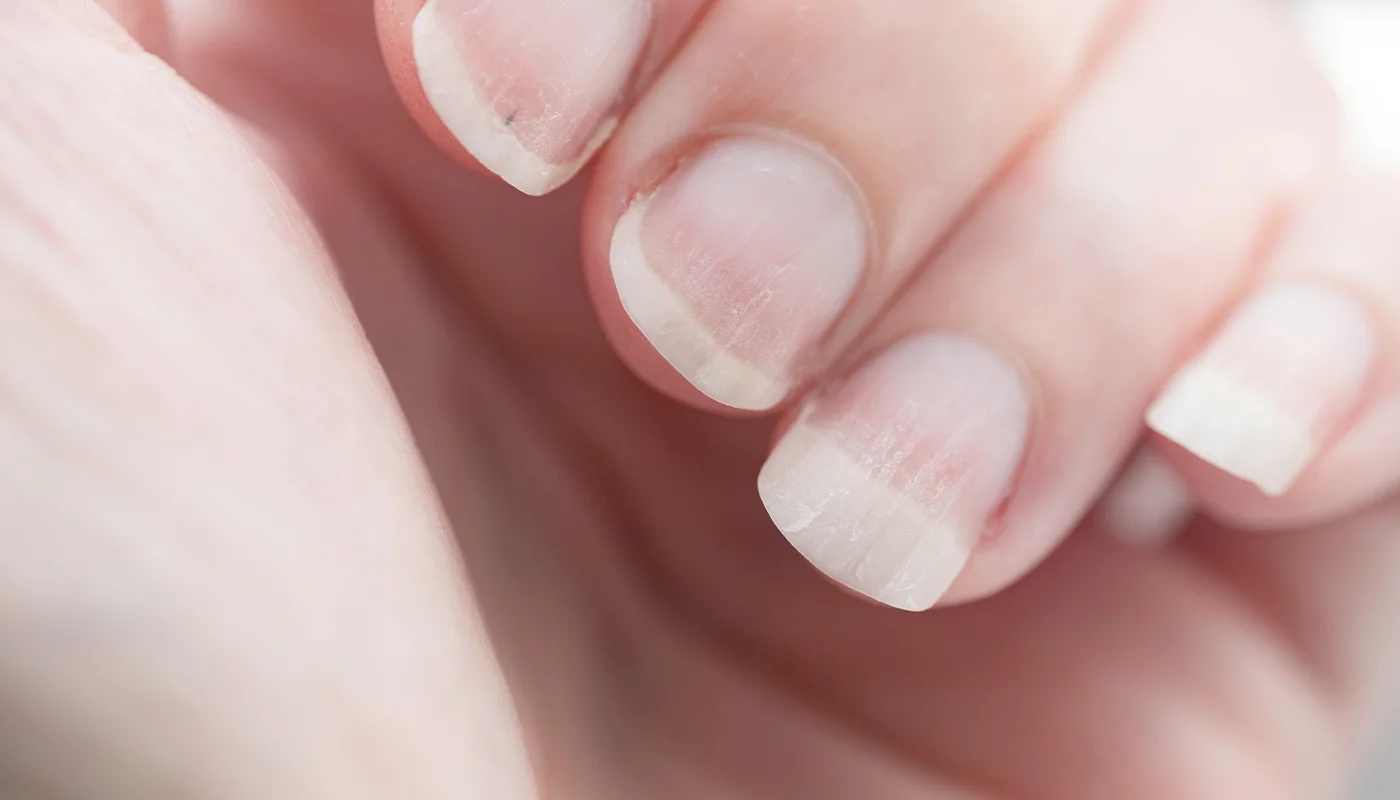
Understanding Iron Deficiency Anemia to Minimize Risks
Table of Contents Stay Strong & Boost Your Well-Being. Take proactive steps to Conquer Iron Deficiency Anemia Iron plays a vital role in the human

Stay Strong & Boost Your Well-Being. Take proactive steps to Conquer Iron Deficiency Anemia
Iron plays a vital role in the human body. It is essential in keeping individuals healthy and full of energy. Low iron levels are common. Therefore, it can cause severe symptoms like tiredness, poor concentration, and frequent bouts of illness. Research has shown that iron deficiency isn’t easy to detect, especially in its early stages. So if you’re experiencing mild or severe deficiency symptoms, then this article is for you. We have gathered all the information that will help you reverse a deficiency, especially if diet changes alone are unsuccessful. Without further delay, scroll down to start reading.
Iron deficiency anemia is a blood disorder. It’s a common form of anemia. This condition affects the red blood cells in the body. Iron deficiency anemia happens when the body has insufficient iron to make hemoglobin (A substance in red blood cells that carry oxygen throughout your body). As a result, lower iron may cause an individual to feel short of breath or tired. Furthermore, iron deficiency is developed over time. If a person is diagnosed with iron deficiency, you may be prescribed iron supplements by your healthcare provider. The doctor will ask questions regarding your lifestyle and do tests to determine the cause of iron deficiency.
According to research, the WHO report showed that anemia affects around:
Iron-deficiency anemia is a common condition and can develop in anyone. It not only affects women who have gone through menopause or men but to women who have menstrual cycles. Plus, women who are pregnant or breastfeeding are more likely to develop iron-deficiency anemia. Listed below are some of the other groups of people who have an increased risk of developing iron-deficiency anemia:
Iron deficiency anemia is usually identified by blood tests. It includes a complete blood count (CBC). Your healthcare provider may order additional tests to evaluate the levels of serum ferritin, total iron-binding capacity, and/or transferrin.
Listed below are the following symptoms shown from the iron deficiency test includes:
| Iron, umol/L | Normal | 10 to 30 |
| Iron-deficiency anemia | Less than 10 | |
| Ferritin, ug/L | Normal | Men 40 to 300 Women 20 to 200 |
| Iron-deficiency anemia | Less than 10 |
Iron-deficiency anemia can have widespread effects on the body. It impacts various systems and functions. Here are some ways iron-deficiency anemia affects the body:
Iron deficiency anemia requires proper medical attention to identify and treat the underlying cause. It can include dietary deficiencies, chronic blood loss, and absorption issues. Usually, doctors recommend treatments involving iron supplements and dietary changes to increase iron intake.
Iron deficiency symptoms may initially be mild but can develop over time. Plus, if not treated, it can even worsen, leading to severe health issues. Some of the most common iron deficiency symptoms include:
Some of the most common signs you may have iron deficiency may include:

The common complications of iron deficiency anemia that a person can experience may include:
Iron-deficiency anemia in an individual can be developed due to various factors beyond dietary insufficiency. Here are some additional causes of iron-deficiency anemia:
Iron-deficiency anemia in an individual can be developed due to various factors beyond dietary insufficiency. Here are some additional causes of iron-deficiency anemia:
| Blood Loss: | Blood loss is one of the most common reasons for iron deficiency. It can be due to heavy menstrual periods, bleeding in the digestive tract (often due to ulcers or cancer), or frequent blood donation. |
| Inability to Absorb Iron: | Some severe surgeries like celiac disease, Crohn’s disease, or gastric bypass surgery can impair the body’s ability to absorb iron from food. |
| Pregnancy (Pregnant women): | Pregnant women require more iron. It’s because the fetus takes its iron supply from the mother. If the mother’s diet is insufficient for iron or she’s unable to absorb iron properly, it can lead to iron-deficiency anemia in the baby. |
| Gastrointestinal Disorders: | Severe blood loss can occur when health conditions like gastritis, gastroesophageal reflux disease (GERD), or Helicobacter pylori infection can interfere with iron absorption. |
| Inflammatory Disorders: | Whether it’s rheumatoid arthritis, systemic lupus erythematosus, or any other chronic inflammatory condition, these conditions can affect the body’s ability to use iron. |
| Certain Medications: | If a person is using medication such as aspirin or nonsteroidal anti-inflammatory drugs (NSAIDs) for a long time, it can cause gastrointestinal bleeding, leading to iron deficiency. |
| Inherited or Acquired Disorders: | Rare genetic disorders like hereditary hemorrhagic telangiectasia (HHT) or acquired conditions like aplastic anemia can lead to iron-deficiency anemia. |
| Parasitic Infections: | Parasitic infections, such as hookworm infection, can lead to chronic blood loss and iron deficiency. |
| Chronic Kidney Disease: | Kidneys produce a hormone called erythropoietin. It helps stimulate the production of red blood cells. However, chronic kidney disease can lead to decreased production of erythropoietin, resulting in anemia. |
These factors highlight the importance of considering various aspects beyond diet when diagnosing and treating iron-deficiency anemia.
Though the cause of the iron deficiency can be identified and treated, yet still it is essential to take medicinal iron until the deficiency is corrected and the body’s iron stores are replenished. In some cases, if the cause of iron deficiency is not identified or corrected, the patient may be advised by the healthcare provider to receive iron supplements on an ongoing basis.
There are numerous ways to increase iron intake:
There are various iron supplements available. Some of the most commonly used are listed below:
COMMON BRAND NAME(S):
Yes! You can reduce the risk of iron deficiency anemia by taking iron-rich food and supplements.
To get your iron deficiency anemia test done at home, just give us a call at 800 AIMS 2467 or WhatsApp at +971 505 136 505. We are happy to serve you.
Secondary prevention of anemia involves iron supplementation and blood transfusion.
The two most important treatments for anemia are the following:
The best drinks high in iron are :

Table of Contents Stay Strong & Boost Your Well-Being. Take proactive steps to Conquer Iron Deficiency Anemia Iron plays a vital role in the human

Table of Contents In recent years, IV therapy with vitamins, minerals, and other essential micronutrients has grown in demand, as it is known for enhancing

Table of Contents In Dubai during the summer, temperatures reach scorching heights; therefore, staying hydrated is quite essential for your health and well-being. Staying hydrated